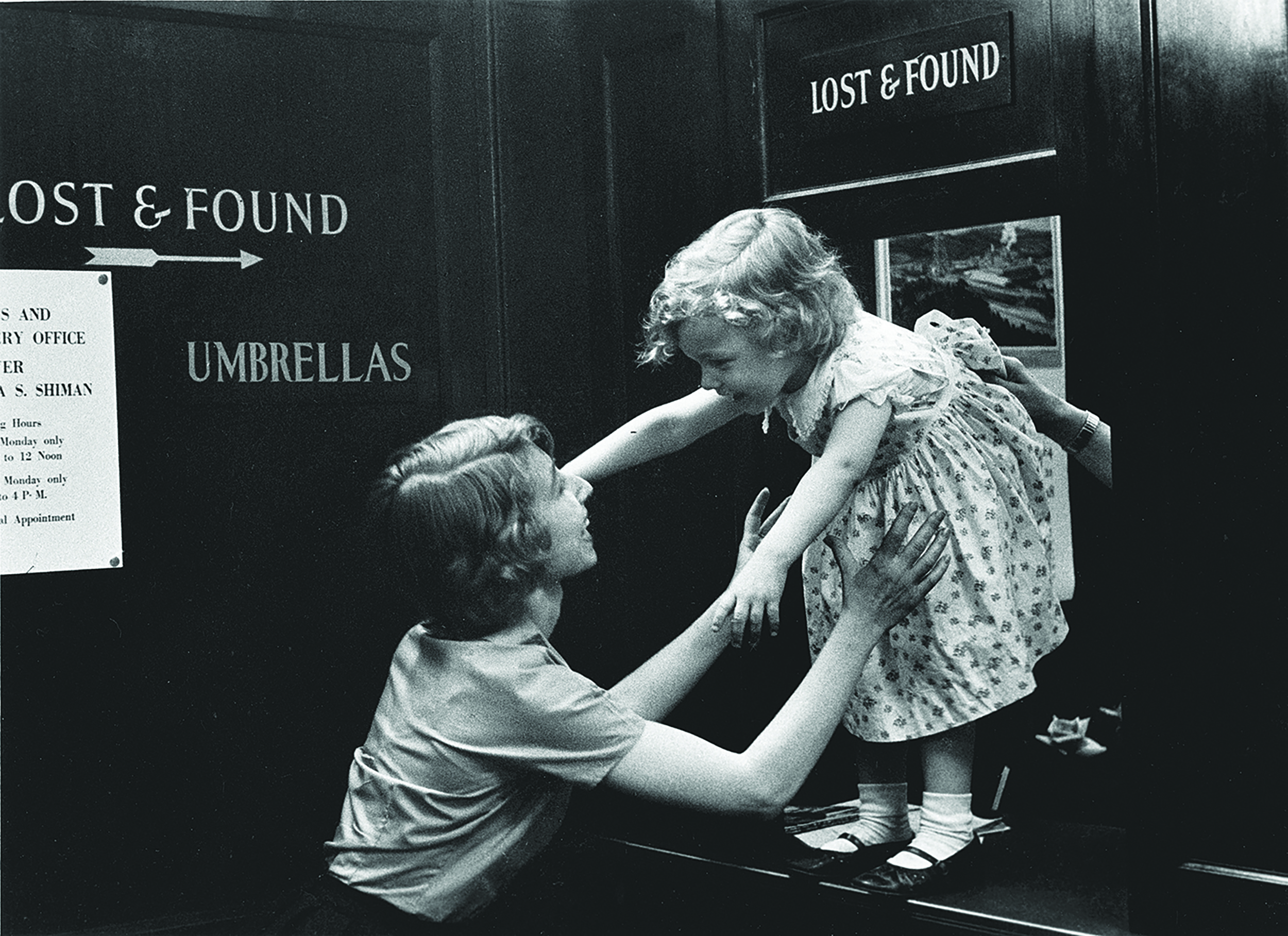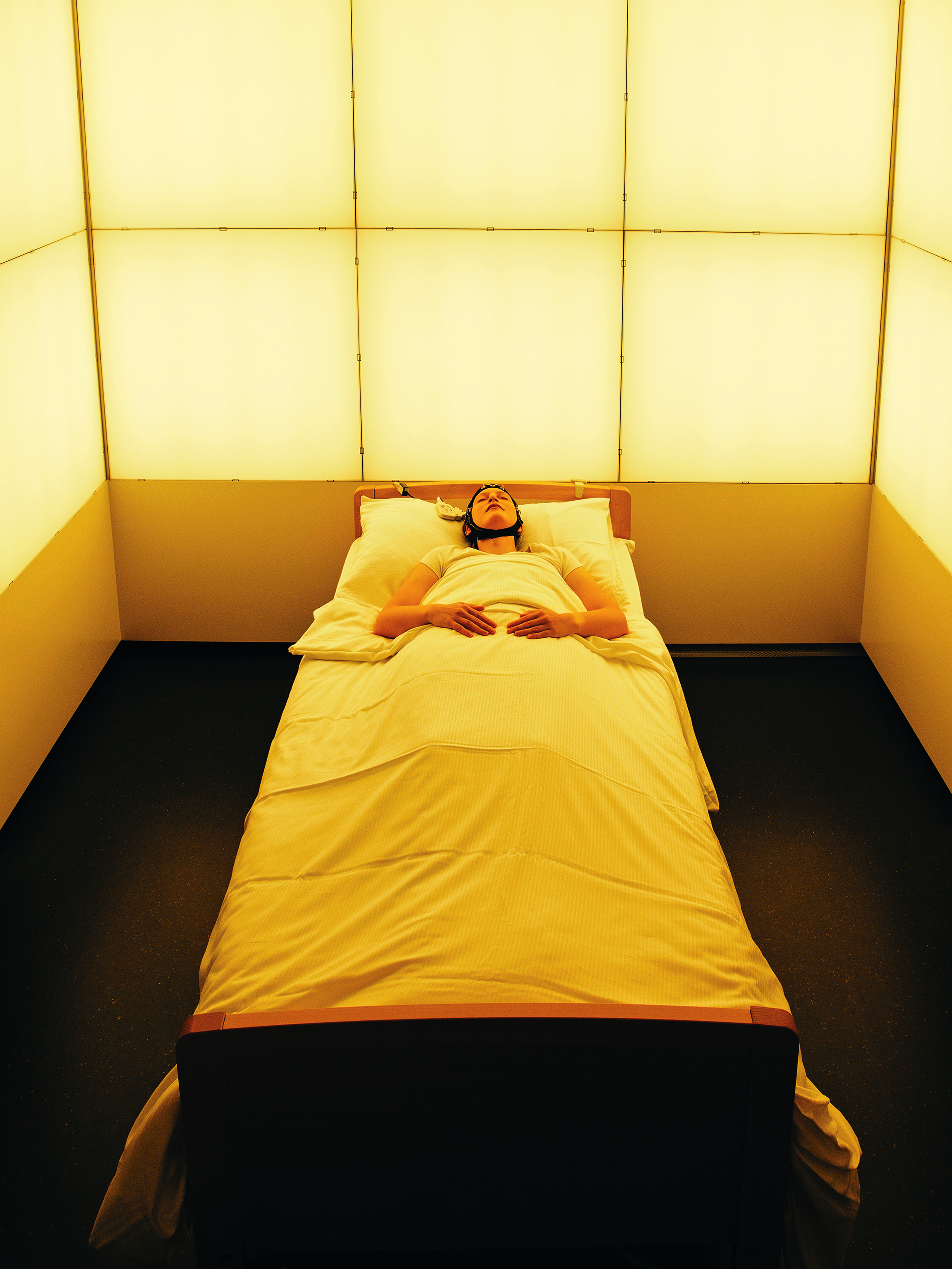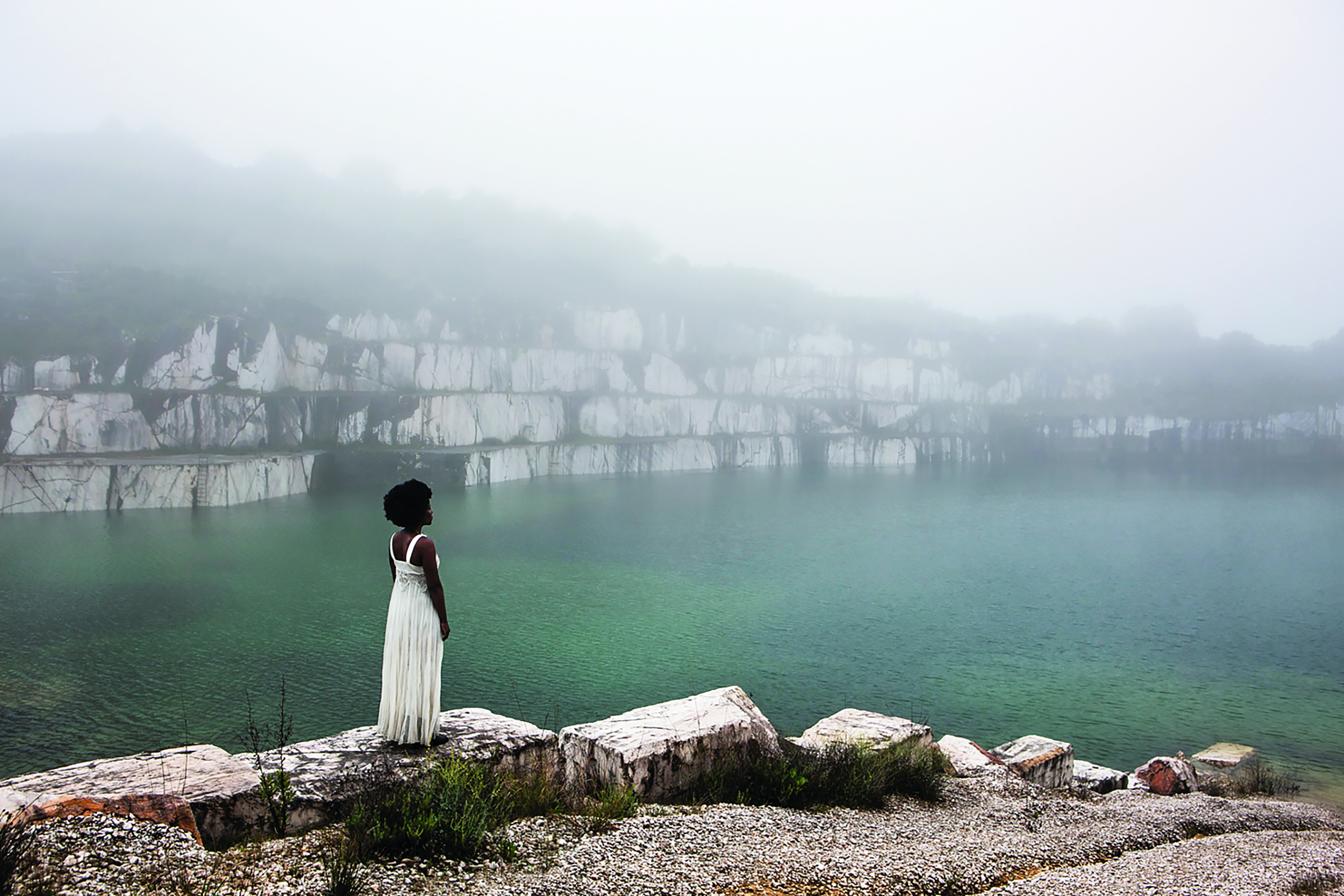Whistle For the Wind, 2021 © Mónica de Miranda
Exploring collective European identity, Fotografia Europea returns to the Italian city of Reggio Emilia with a programme confronting the politics of inclusion and exclusion
Is there such a thing as a common European identity? To what extent do myth and memory shape our sense of belonging? How can photography foster a response to the state of the continent today? These are some of the questions informing this year’s Fotografia Europea festival, which has returned to the city of Reggio Emilia in northern Italy for its 18th edition.
Running until 11 June, the festival’s theme – ‘Europe matters: visions of a restless identity’ – was conceived to “explore ideas of openness and solidarity”, says Tim Clark, who returns for the third year as its artistic co-director, alongside Walter Guadagnini and Luce Lebart. “It has been addressed before, and it will be addressed again, but [Europe is] this perennial topic with the possibility of so many different permutations that are rich and complex.
“There’s a lot of scope in terms of capturing the nature of the European community… but we feel we have enlisted photographic projects that not only run the gamut of various approaches to the medium, but also address various territories.”

The festival’s 10 core shows are exhibited in the Cloisters of San Pietro, a 16th-century monastic complex in the city centre. The grand structure houses works such as Mónica de Miranda’s project The Island, which contemplates the experience of the African diaspora in Portugal, speaking to the land and its colonial histories. Jean-Marc Caimi & Valentina Piccinni exhibit a personal account of the dramatic gentrification taking place in Istanbul, while French-Caribbean photographer Cédrine Scheidig presents two series in conversation – one made in Paris, the other in Martinique – contemplating the complex identity of the Black diaspora while reflecting on colonial past and migration.
Simon Roberts exhibits a series of landscape studies taken around the UK. Beginning in 2007, the series Merrie Albion documents national character and identity as the nation crept towards the Brexit referendum. Elsewhere, there is work by the late Sabine Weiss, Alessia Rollo, Samuel Gratacap, Yelena Yemchuk, Geoffroy Mathieu, and work collected by The Archive of Public Protests: an initiative documenting the growing protest movements in Poland.

This article first appeared in the Money+Power issue of British Journal of Photography. Sign up for an 1854 subscription to receive the magazine directly to your door.
Aside from the 10 central shows there are a further 10 exhibitions presented by partner institutions, alongside exhibitions by this year’s two open-call winners – all within walking distance. “You’ve got all the great ingredients,” says Clark, “good weather, good wine, and a beautiful city.”
Located in the wealthy Emilia Romagna region, Reggio Emilia has a long history of fighting against social inequality. The city is also the birthplace of the Reggio Emilia approach – a pioneering form of early education that prioritises intuitive learning – and was home to Luigi Ghirri until his death in 1992, with a gallery dedicated to his work and year-round photography exhibitions. All of this makes for a “sophisticated audience for photography,” says Clark.
As Italy’s new far-right government threatens the foundations the region is built on, it feels timely to reflect on questions of history, democracy, community and belonging in the wider continent. “[The festival is] in its own way trying to make a statement about the importance of openness and inclusivity,” says Clark.

